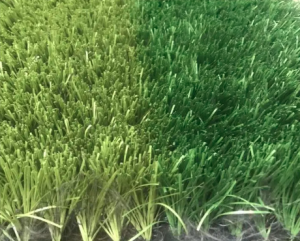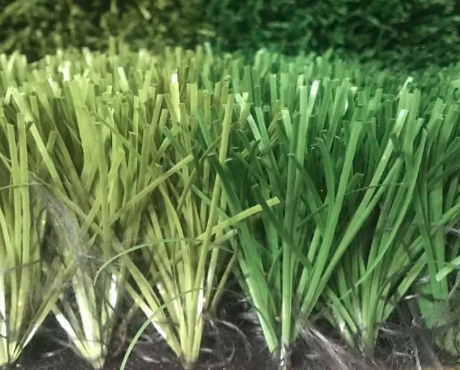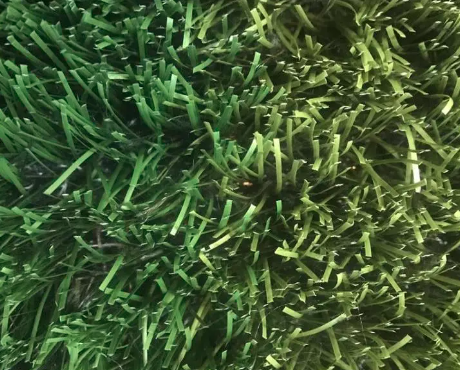The world of rugby has seen major changes in recent years, especially when it comes to the playing field. Rugby pitches underwent a revolution with the advent of artificial turf, making them more resilient, reliable and suitable for both professional and community clubs. This article delves into the benefits of using synthetic turf in rugby and how it has revolutionized the game.
Uninterrupted play throughout the year:
Gone are the days of having to cancel a football game due to standing water or an inconsistent playing field. Rugby turf has emerged as the answer to the ongoing challenge of maintaining a reliable playing surface year-round. Unlike natural grass, artificial turf can withstand heavy rainfall without becoming muddy. This ensures that matches can continue uninterrupted regardless of weather conditions.
Elasticity and Durability:
When it comes to rugby, durability is key. The high-intensity nature of the sport requires playing surfaces to withstand constant impact, wear and tear. Artificial turf is specifically designed to meet these needs. Innovative components used in high-quality rugby grass pitches provide the resilience needed to withstand strenuous activity. This not only improves the safety of players, but also prolongs the service life of the playing field, resulting in significant cost savings for clubs and schools.
Consistent race condition:
On traditional grass pitches, inconsistent playing conditions can greatly affect the outcome of a rugby game. Uneven surfaces and varying grass lengths can affect a player's performance and increase the risk of injury. Artificial turf, on the other hand, provides a consistent playing surface throughout the pitch. The non-abrasive nature of the turf ensures players can focus on their skills without worrying about unpredictable bounce or uneven footing.
Enhanced performance:
The introduction of artificial turf to football pitches has had a profound effect on the overall performance of players. With a more reliable and consistent playing surface, athletes can hone their skills and develop their technique with greater precision. The improved traction provided by the synthetic turf allows players to turn, accelerate and stop quickly without fear of slipping. This means a more competitive and entertaining match for players and spectators alike.
Employment by professional and community clubs:
Rugby turf is no longer just limited to schools and training grounds. A growing number of professional and community rugby clubs are switching to synthetic grass for their main pitches. The many advantages offered by synthetic turf make it an attractive option for clubs looking for a high-quality playing surface capable of meeting the demands of everyday use.
in conclusion:
The incorporation of artificial turf into rugby pitches has revolutionized the game of rugby. Long gone are the days of game cancellations due to poor playing conditions thanks to the resilience, durability and improved performance of synthetic turf. Whether it's a school pitch or a professional stadium, the use of this innovative surface ensures that rugby players enjoy a reliable playing field all year round, improving their skills and engaging fans with exciting games.
Post time: Jul-07-2023



